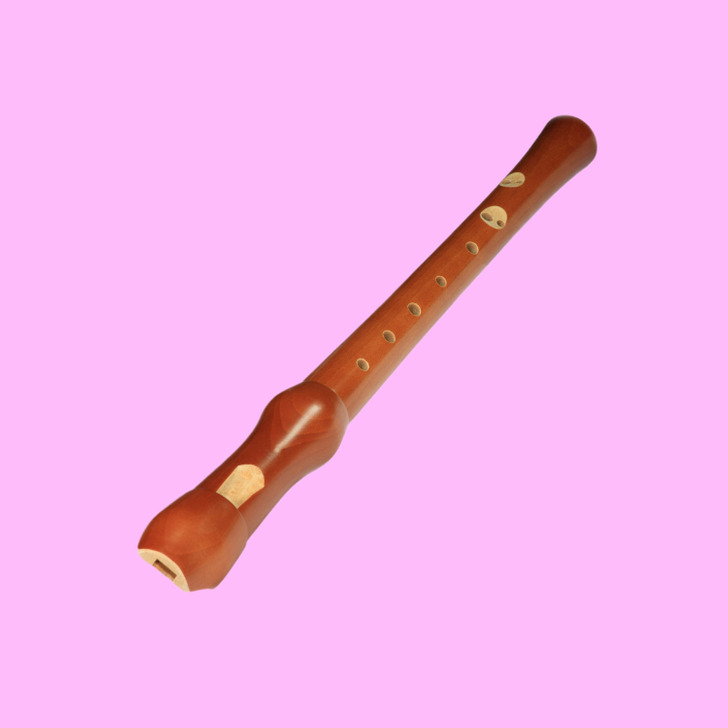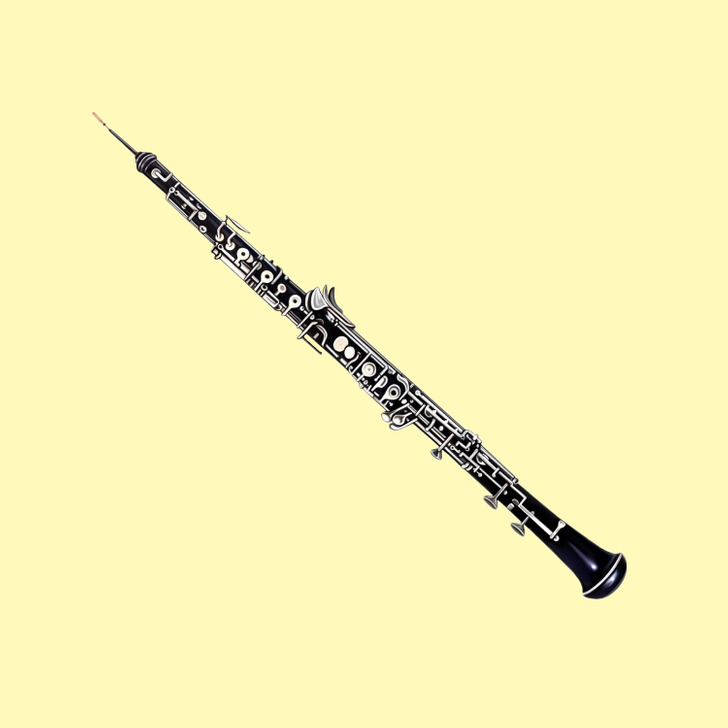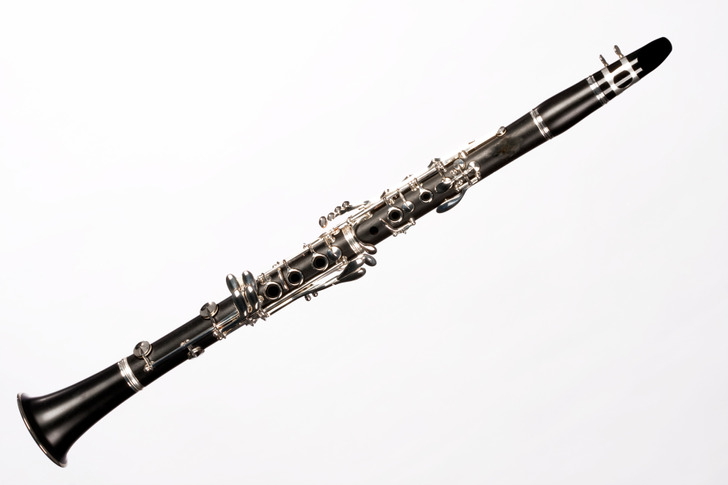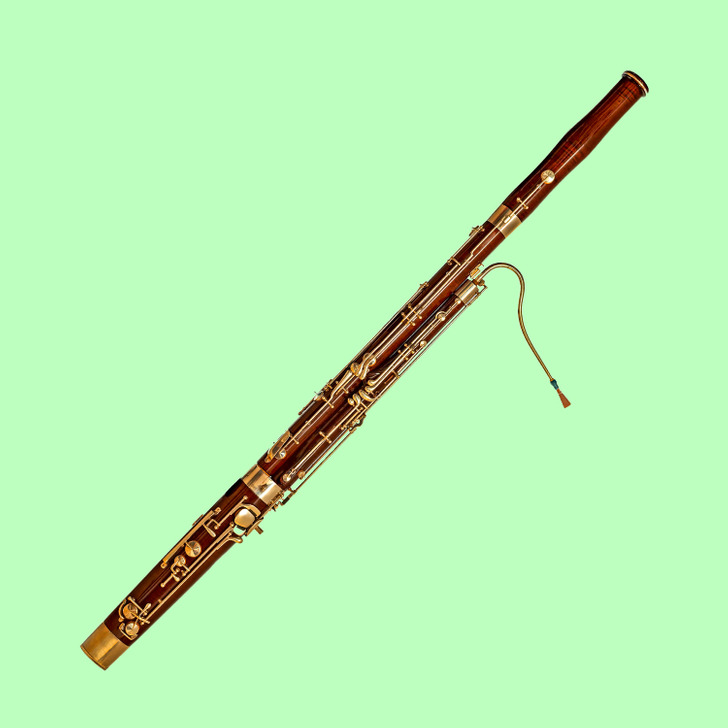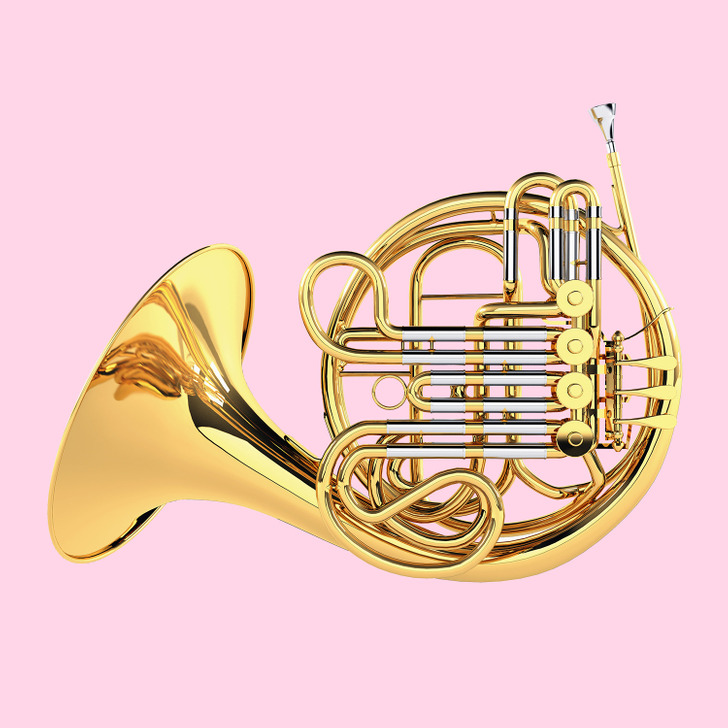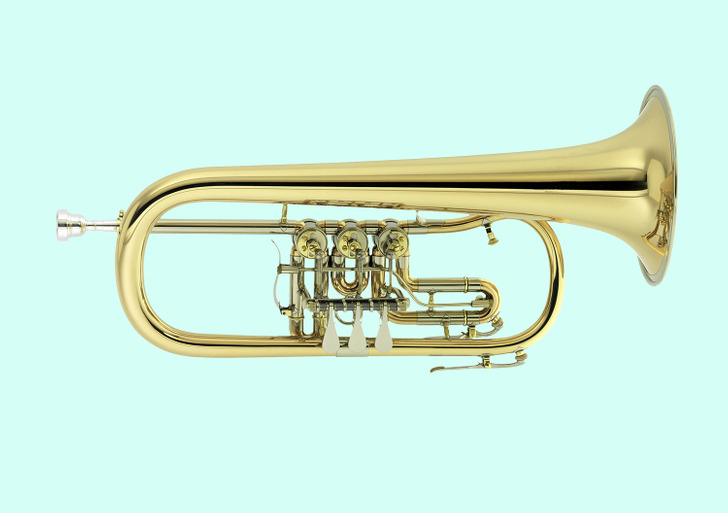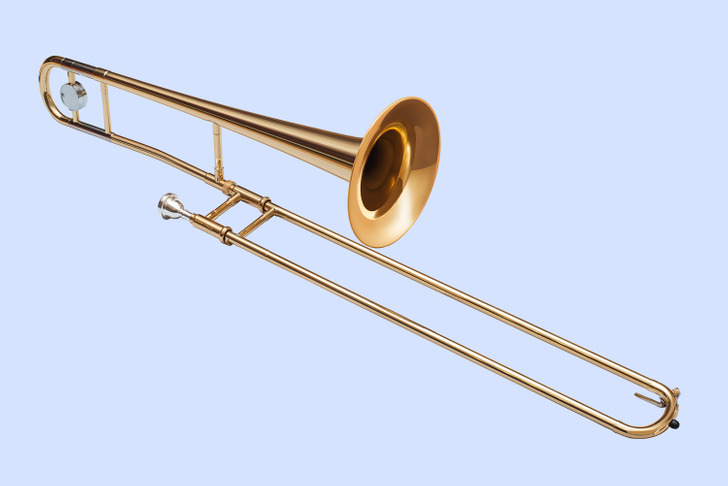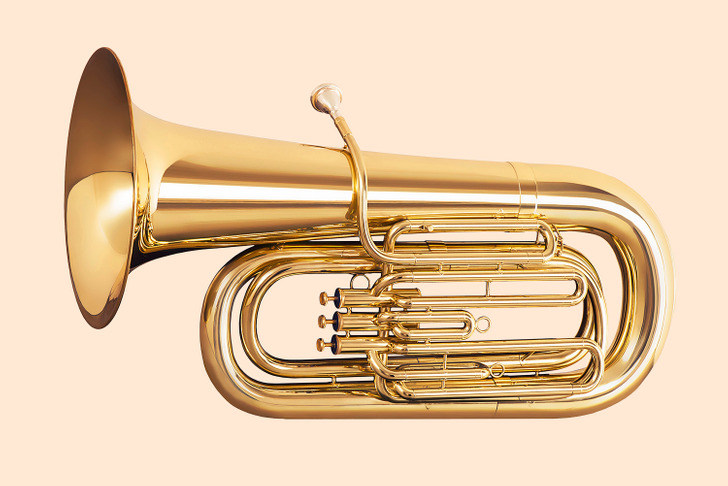A Guide on Types of Wind Instruments
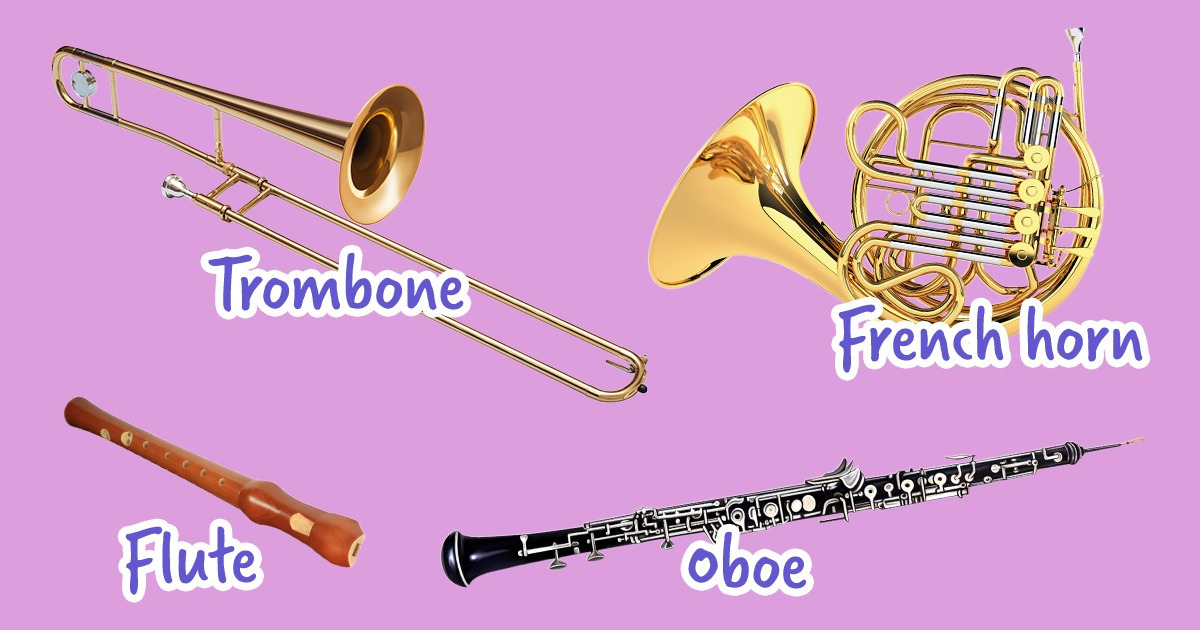
The world of music is extremely diverse — one can write numerous books about it and not even describe half of the things connected with it. This diversity relates to musical instruments as well. Piano, guitar, flute, drums — these all are used differently.
5-Minute Crafts is telling you about what types of wind instruments exist.
Woodwind instruments — flute
Flutes are believed to be one of the most ancient musical instruments — there were some flutes found dating back 43,000 to 35,000 years. In its basic form, the flute is an open tube that is blown into. The body of the flute has holes that a player uses to change the pitch of the sound by opening and closing them.
Oboe
The oboe is a typical representative of wind instruments with 2 reeds (that is, instead of a mouthpiece, the musician blows air through a pair of reeds that vibrate relative to each other). The size of an oboe is about 25.5 inches long. The body has metal elements as well.
The oboe is quite a popular instrument and is used both in classic music and in music for cinema, folk music, jazz, rock, and pop music.
Clarinet
Clarinets come in different sizes, but almost all of them have a cylindrical bore and a flared bell as well as a mouthpiece with a single reed. It’s the cylindrical bore that provides the unique timbre of the clarinet. Clarinets have the widest pitch range of any conventional woodwind instrument due to the complex organization of the keys.
Bassoon
The bassoon is an instrument that plays in the tenor and bass ranges. Compared to other instruments, its fingering system is quite complex. In different places, the bassoon has different levels of wall thickness, and the holes are not drilled straight but at an angle to make it easier to play. The bassoon is quite a large instrument — its overall length is 4′ 5’’.
Brass wind instruments — French horn
The French horn is an instrument made of a tube wrapped into a coil with a flared bell. The pitch of the tone is regulated by the combination of several factors — the speed of the air that goes through the instrument (controlled by the musician’s lungs), the diameter and tension of the lip aperture, and the operation of valves by the musician’s left hand, which route the air into extra sections of tubing.
Trumpet
The trumpet is a wind instrument that is traditionally used in classical and jazz ensembles. Trumpets vary by the pitch of the sound, from the piccolo trumpet with the highest register in the brass family to the bass trumpet. The trumpet is a metal tube bent into a rounded elongated shape. As with all wind instruments, the sound is created by blowing air through closed lips, which creates a “buzzy” sound in the mouthpiece and sets off vibrations in the air column inside the trumpet. The musician can control the pitch of the sound by changing the position of the lips and the level of their tension.
Trombone
Most brass instruments use valves to change the pitch, but trombones have a slide mechanism instead. The most popular trombones are the tenor trombone and bass trombone.
The trombone looks like a cylindrical tube bent into the shape of an elongated “S” letter. Though the tubing is approximately cylindrical, it is actually made up of a complex series of details. The design of these details affects the intonation of the instrument.
Tuba
The tuba is an instrument with the lowest pitch in the family of wind instruments. As a rule, an orchestra has only one tuba, although an additional one might be required. It serves as the bass of an orchestral horn section and can amplify the bass voices of strings and woodwinds. The main tube of the tuba reaches 18 feet long. The instrument has a tapered bore, which means that its diameter increases from the mouthpiece to the bell.
